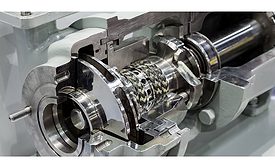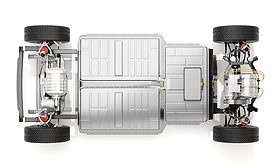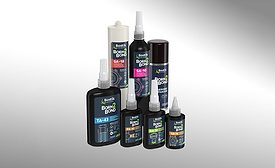Home » Keywords: » anaerobics
Items Tagged with 'anaerobics'
ARTICLES
Maintenance, repair, and operations engineers can benefit from the sustainability and operational benefits of engineering adhesives.
Read More
Electric Vehicle Market Advances Generate Adhesive Technology Innovations
As the electric vehicle market evolves and develops, adhesive manufacturers create new technologies to meet these needs.
February 11, 2022
Ask Dr. Dave
Vibration- and Shock-Resistant Adhesives
Which adhesives can resist serious vibration and shocks?
October 20, 2021
BOSTIK: Anaerobic Engineering Adhesives
These adhesives offer a number of advantages over mechanical solutions, such as long-term reliability, increased versatility of application, and protection against corrosion.
October 7, 2021
Ask Dr. Dave
Understanding Two-Component Adhesives
Why do we have to use two-component adhesives and meter/mix equipment in our assembly and repair operations?
March 16, 2021
Ask Dr. Dave
Repairing Leaks in a Fire Sprinkler System
We have some pinhole leaks in our fire sprinkler system in a large residential apartment block. Can you recommend a sealant that will stop the leaks to give us some time before we have to replace the entire system?
October 2, 2020
Marine Applications for Adhesives and Sealants
Today’s marine adhesives and sealants provide strong lightweight bonds to structural components and watertight sealing between substrates.
September 8, 2020
Ask Dr. Dave
Solvent-Based Adhesives
I was brought up using solvent-based adhesives, but they don’t seem to be as common these days. Is it just a safety issue? Are any of these adhesives still available?
August 4, 2020
Keep the info flowing with our eNewsletters!
Get the latest industry updates tailored your way.
JOIN TODAY!Copyright ©2025. All Rights Reserved BNP Media.
Design, CMS, Hosting & Web Development :: ePublishing








